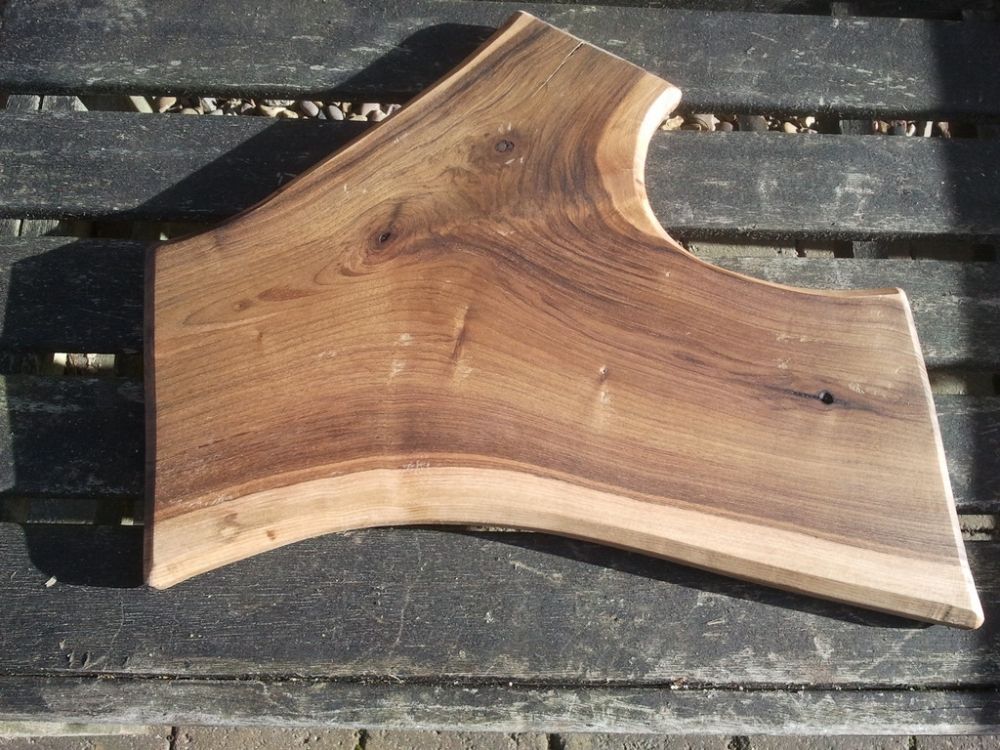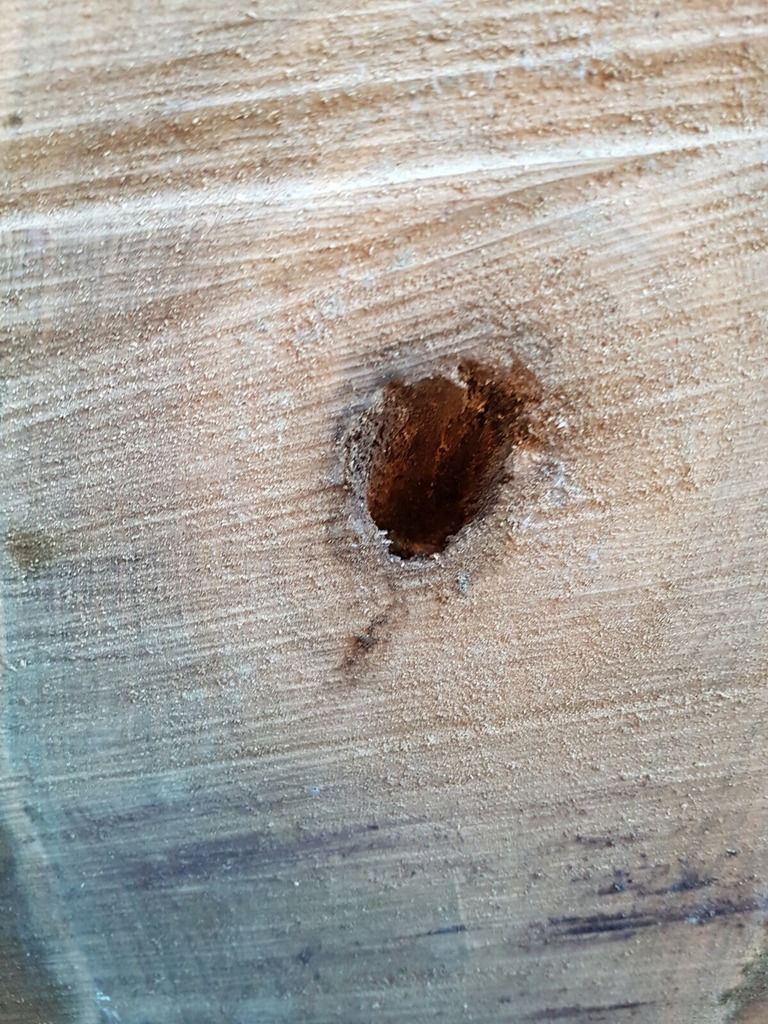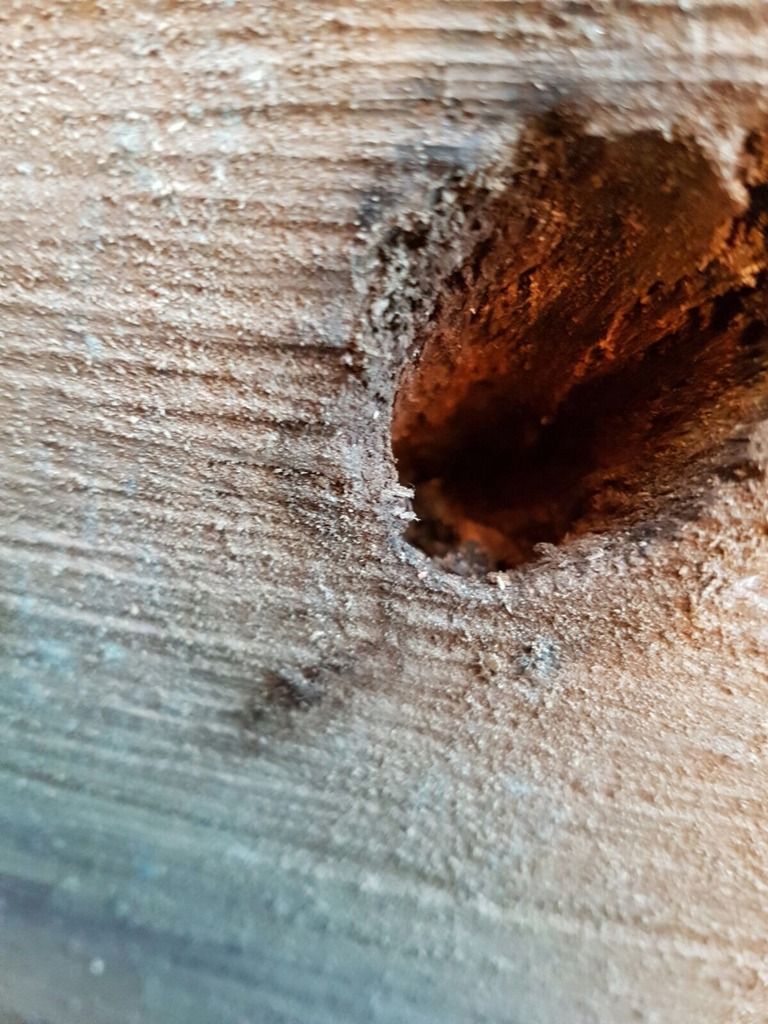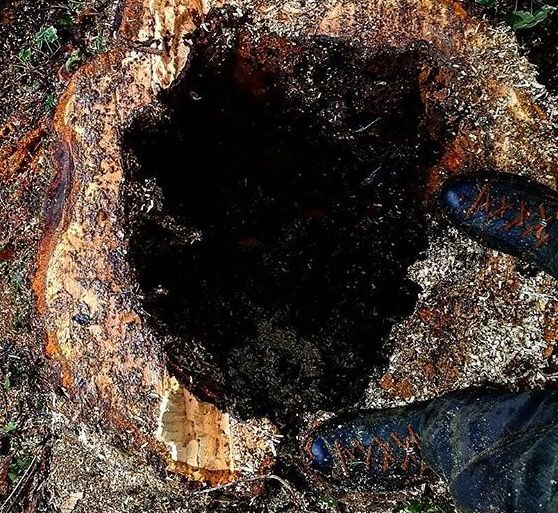custard":3t48a98c said:Treeeeee":3t48a98c said:So for the meantime what should I do in terms on insect damage?
Nothing?
Cheers for the advice
I've heard of people treating freshly felled Holly with disinfectant to guard against blue staining, but I've never heard of anyone trying to protect wet boards against worm. When looking at Walnut boards in timber yards I occasionally see some worm holes in the sap, but it's not all that many. Personally I'd make sure there's no rotting timber in the immediate vicinity where your board is stored, after that I'd just take a punt and hope for the best.
Good luck!
Thanks so much for your advice Gary! I've got a couple of photos to send you actually!
Thanks








